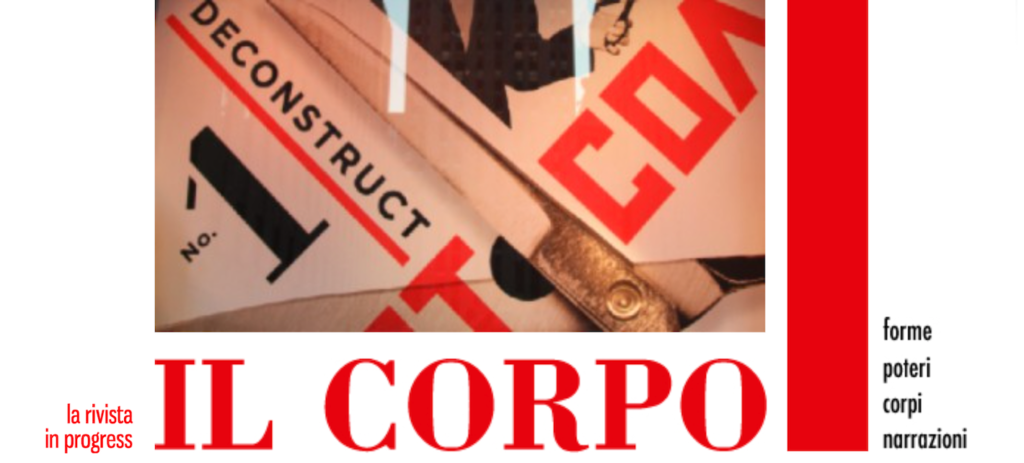24 Mar Mussolini and Che Guevara in Manhattan. Street art and the ghosts of power
For some years, the often intertwined images of Che Guevara and Mussolini by nyte walka have been invading the classical spaces of street art in Manhattan and Brooklyn: Wooster Street, the Bowery, Williamsburg, Green Point …
ILCORPOgallery presents a set of photos of those images shot by both authors, together with the authors’ selected resonances in the US social imaginery.
Che Guevara is obvious. The global saintly image by Alexander Korda is by now embedded in the museologized and consumeristic political imaginary which belongs to souvenir stands (see the exhibition Che Guevara: Revolutionary and Icon, Victoria and Albert Museum, 7 June to 28 August 2006).
The picture of “Mussolini the soldier”, or “Mussolini in his helmet” is far less obvious. There existed millions of copies of it during fascism, but very few New Yorkers without would recognize this icon without an identifying caption.
Why this massive visual outburst on the walls of New York, but also on the columns of fire hydrants, on garbage cans, at subway stations, and at many other showcase locations in some districts of the metropolis?
Another oddity: Che Guevara and the Duce often coexist within the same image, an individual icon that visually interweaves them in different but consistent ways. A symbolic oxymoron – the revolutionary-communist byronian and the strong-jawed founder of fascism – held together by the visual frame.
The vicissitudes of this icon on the walls and buildings of New York hint at the sacred aura of the Sovereign in our political imagination. Max Weber had identified in modern societies a fatal “disenchantment of the world.” Here the disenchantment nurtures its shadow, i.e. the most archaic and regressive incantations. As the Marxian mole, the dialectic of Enlightenment continues to dig below the surface.
The sequence of images that we are introducing presents visually the mole at work, and the many convoluted underground tunnels it keeps burrowing in the social imagination. Images of street art, of course. But also the images of some associative resonances which should serve as a comment and a clarification: the christomimetic Michael Jackson by D. Lachapelle, the Sacred Heart of Elvis Presley, the holy martyr John Lennon, the evidence of symbolic and territorial clashes on the border between the districts of Italian-Americans and Hispanics in Brooklyn ecc. A whole system of representations built around the effigies and the urban ectoplasms of Power and the body of the Sovereign.

